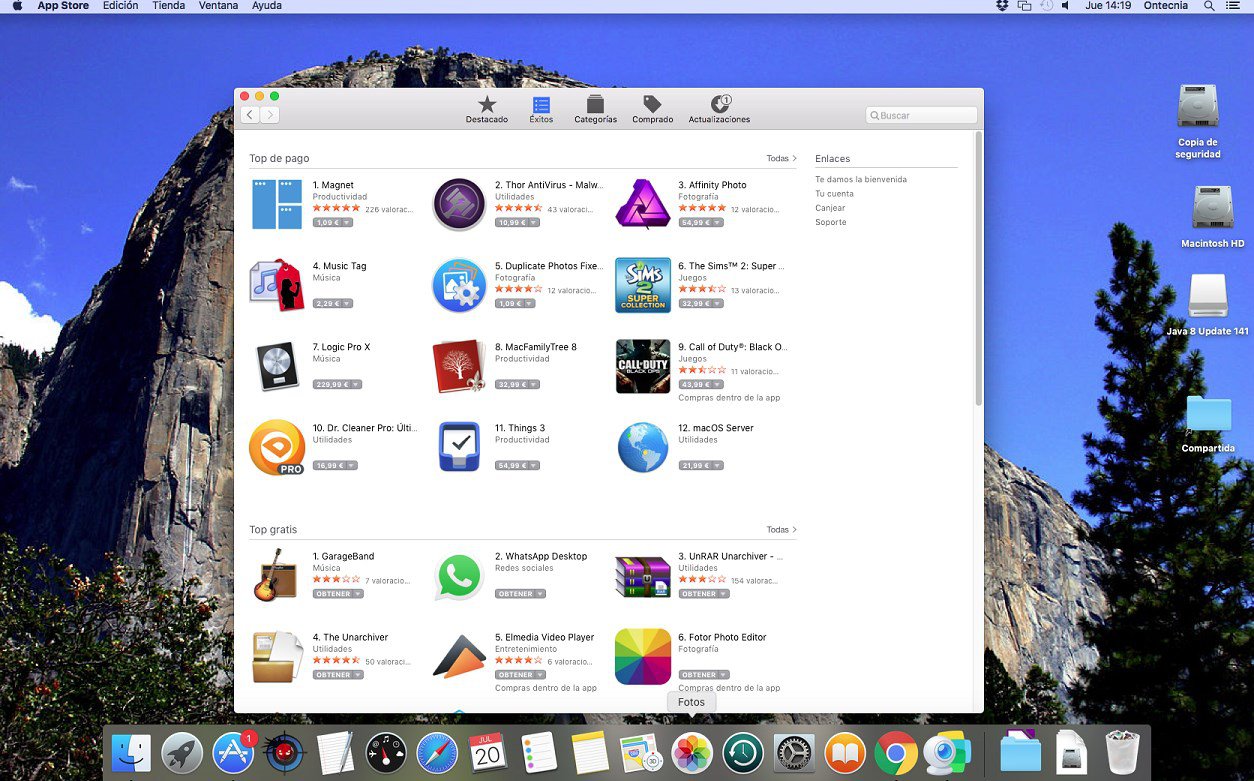

If that is the case, then you’ve quickly found the problem that took me hours of detective work to track down. print(system.file("kernelspec", package = "IRkernel"))Ĭhances are the package is sending the R kernel to somewhere like “/Library/Frameworks/R.framework/Versions/3.1/Resources/library/IRkernel/kernelspec”. Run the following command in R to find the path IRkernel is hitting. In my case, installspec() wouldn’t fire up, so I did a little detective work. Then in R: library(RCurl)Īt this point the R kernel should work (in theory) by executing the installspec() function from your new IRkernel package but… Make sure to place the file in your R working directory. Note, since the rzmq package includes dependencies, we’ll be cloning the GitHub repo and installing it locally.
Install r mac os x install#
Note, it may be a good idea to install them one at a time. If you use Homebrew: brew install libzmq3Īssuming that those libraries brewed without any errors, start R in your terminal by typing “R” or fire up R-Studio.

My original method: If the above method doesn’t work, you may have more luck here.
Install r mac os x how to#
If not, the instructions below show you how to clone the IRkernel GitHub repo and install from source on your local machine. Repos = c('', getOption('repos')), type = 'source') install.packages(c('rzmq','repr','IRkernel','IRdisplay'), Next, fire up R, install from source and start your kernel. Or, if you use MacPorts sudo port install zmq If you use Homebrew: xcode-select -install Note: Make sure you’ve got Xcode installed. Update: This install method is less involved The ability to add an R kernel to the IPython environment gives one the ability to run Python and R side-by-side in the same programming environment. IPython is a great tool for developers, particularly for R programmers who are accustomed to the luxury of running blocks of code during development.


 0 kommentar(er)
0 kommentar(er)
